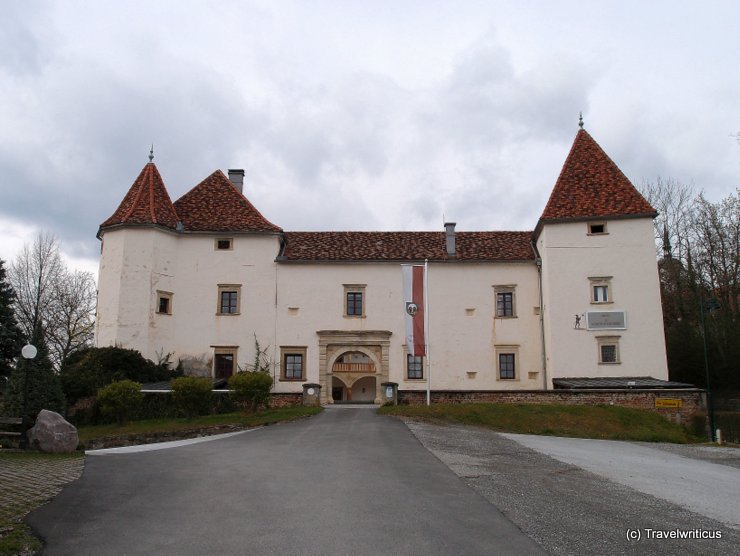
The name of the castle originates from the powerful Stubenberg family. Five members of this house occupied the office of governor (Landeshauptmann) in the Duchy of Styria.
Browse through your travel destination!

The name of the castle originates from the powerful Stubenberg family. Five members of this house occupied the office of governor (Landeshauptmann) in the Duchy of Styria.
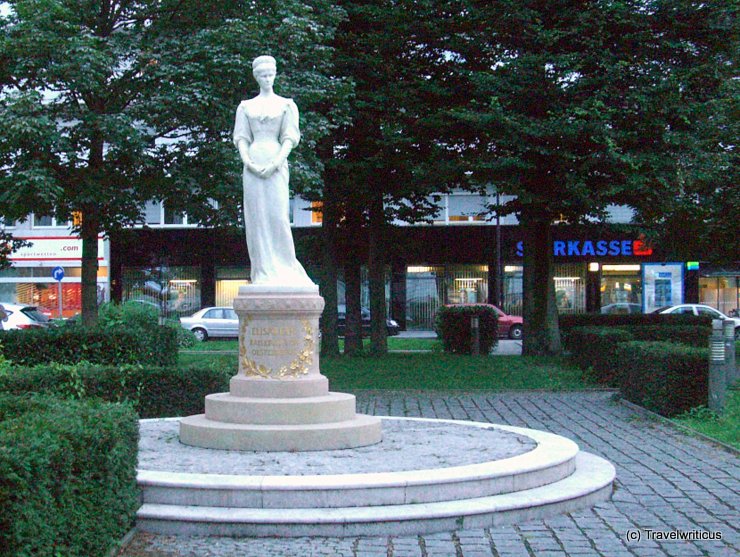
The Empress Elisabeth Railway (Kaiserin-Elisabeth-Bahn) served the railroad between Vienna and Salzburg until 1884. Today, you still see a monument to Elisabeth of Austria (Sisi) in a small park at the Salzburg Central Station.
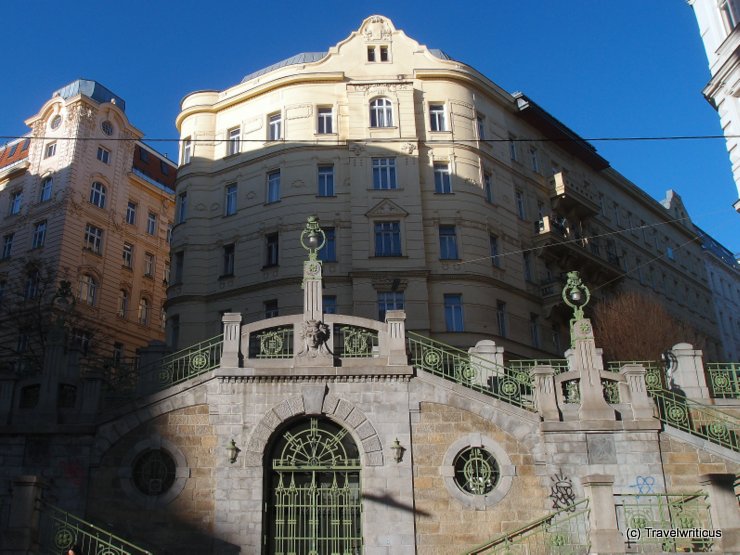
The Fillgraderstiege is a public staircase in Vienna. It was built in the years 1905/1907 in Art Nouveau style. The designer of the staircase was Max Hegele. In a poll of art professors, it was named the fourth most beautiful staircase in Europe.
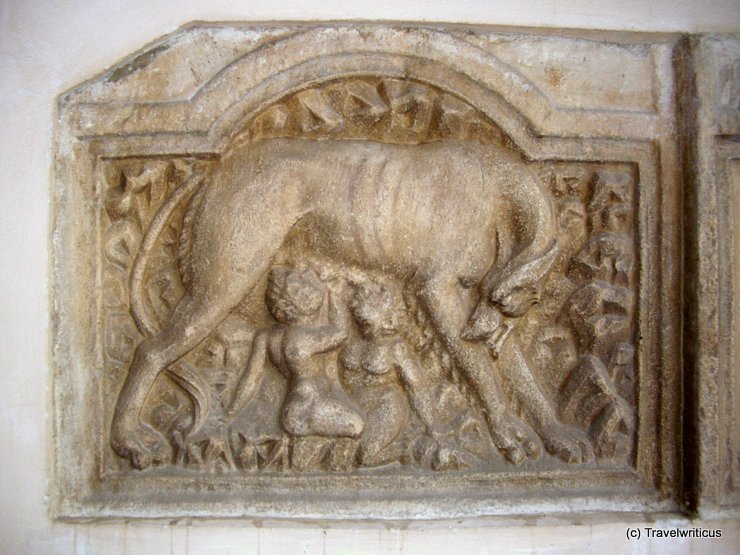
This ancient stone is immured in a church named Marienkirche in Maria Saal. The depiction shows the Capitoline Wolf (Lupa Capitolina). The piece is probably a relic of the Municipium Claudium Virunum, a former Roman place in Carinthia.

The Zwiebelmusterhaus in Sank Pölten surprises with its wall decoration of 168 plates. The Zwiebelmuster (blue onion pattern) is a famous porcelain tableware pattern for dishware. It originates from the German manufacture of Meissen.
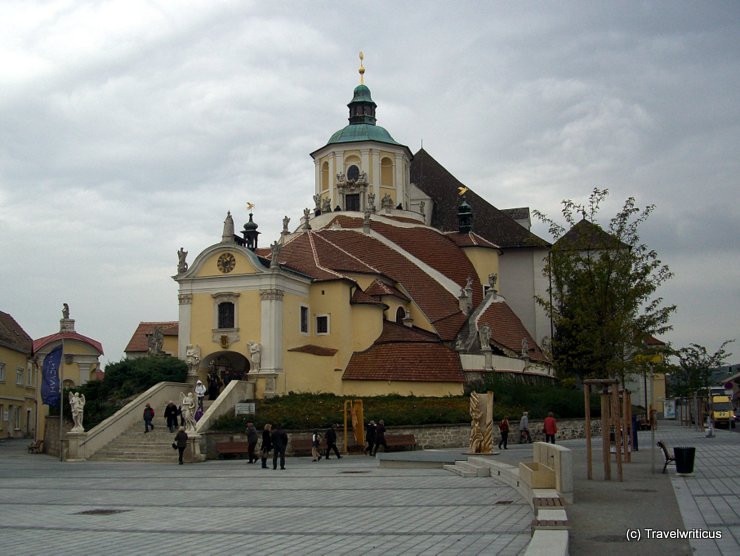
The church named Bergkirche (Hill Church) saw its construction in 1715. As the Austrian composer Joseph Haydn found his last rest in a mausoleum inside, the church is also known as Haydnkirche.
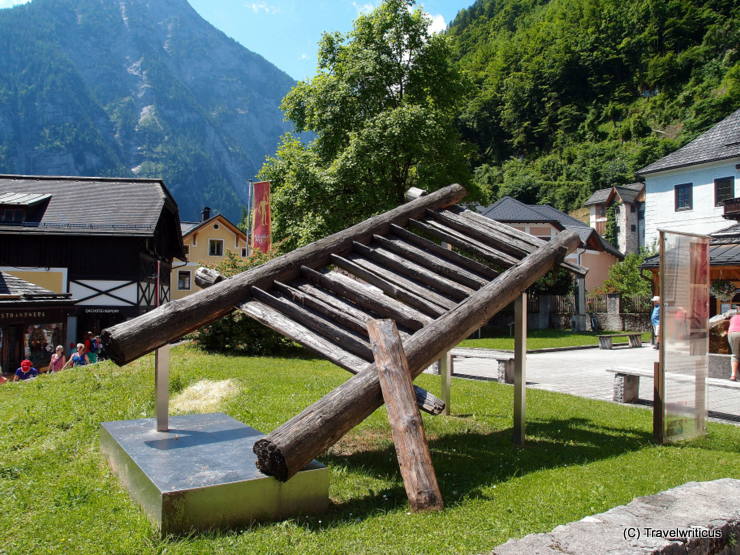
This replica of a wooden staircase in front of the Museum Hallstatt reminds us that archaeologists found such a piece dating back to the Bronze Age in the nearby salt mines.

You find this fun sculpture in Gumpoldskirchen next to a memorial plaque to the Austrian actor Hans Moser. Besides his movies and plays, Moser became famous for performing a song about the Reblaus (Pyhlloxera). The Reblaus is a pest for grapevines.
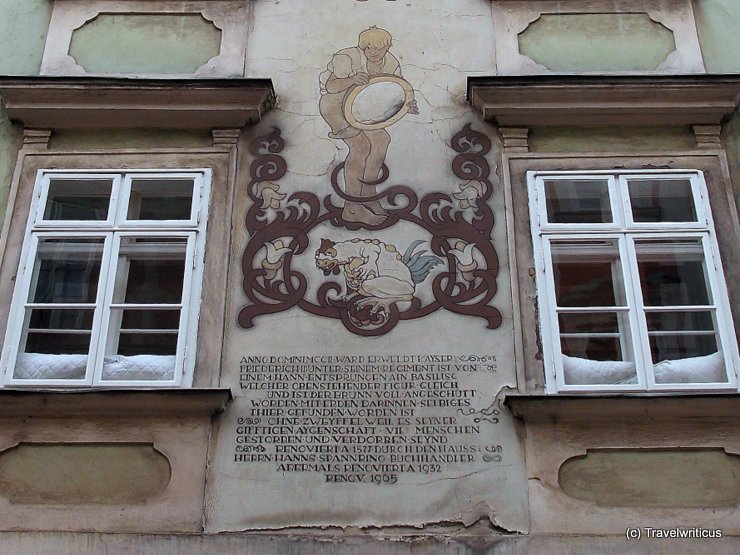
You’ll find the Basiliskenhaus at the address Schönlaterngasse 7. The mural at this house shows a myth about a basilisk living in the local well. A servant of a baker defeated this dangerous creature by mirroring its face.
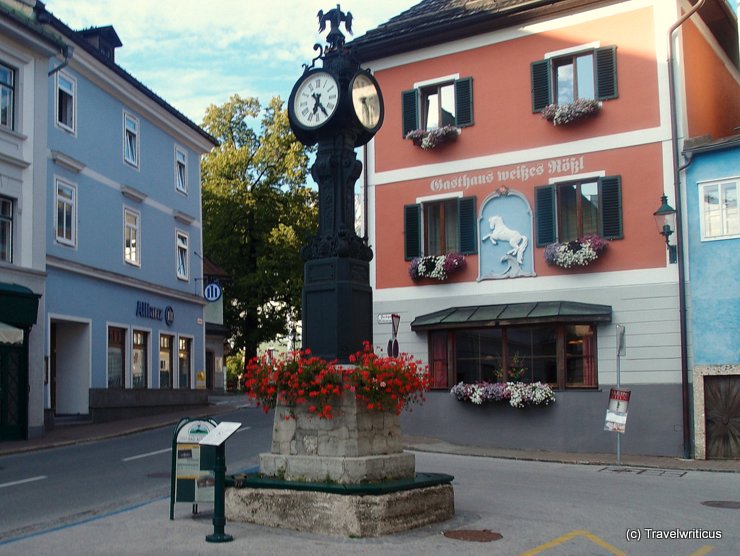
The Lössl-Uhr (Lössl-Clock) is a technical gem in Bad Aussee. The public clock designed by Friedrich von Lössl was originally powered by changes in atmospheric pressure and temperature.
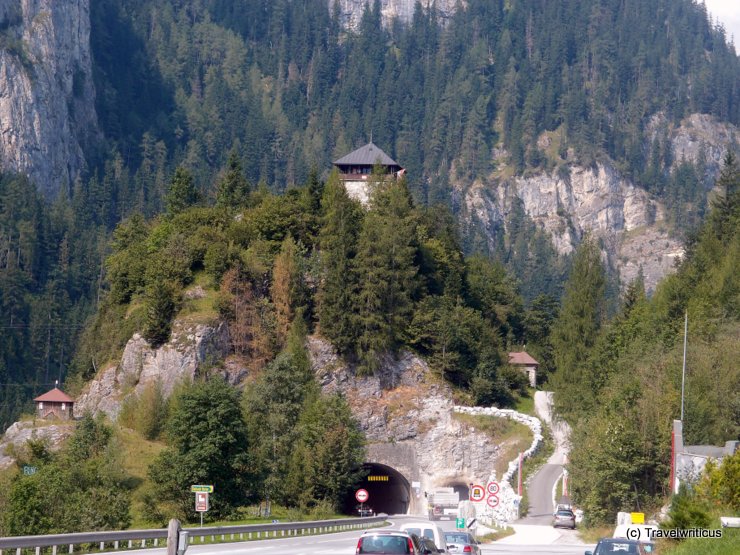
Klammstein Castle (Burg Klammstein) seems to block the Gastein Valley (Gasteinertal) in the north. In earlier times, it formed a toll station. Today, it accommodates a museum about the castle’s history and the valley.

Now that I call a cosy museum. The photo shows the garden of the Folk Life Museum in Graz. Yes, there are hammocks below the trees! The museum tells about social and cultural changes up to the present.